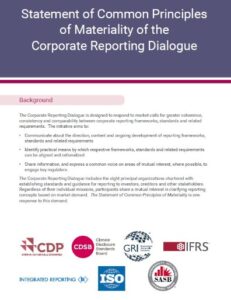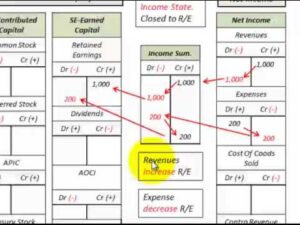
Many of the operations are automated in the software, making it easy to get accurate debits and credits entered. As a business owner, it is important to understand your company’s financial health. Bookkeeping puts all the information in so that you can extract the necessary information to make decisions about hiring, marketing and growth.
- Profit and loss statements is a recap of your business expenses, costs and revenues on specific dates.
- With accrual, you must record income when your transaction takes place, with or without the transfer of money.
- Aside from that, you also have to consider what you might pay to hire an accountant on a full-time or part-time basis.
- You’ll save time chasing receipts, protect yourself from costly errors, and gain valuable insights into your business’s potential.
- This accounting method is useful for businesses with inventory or accounts payable and receivable.
Keep Personal and Business Costs Separate
The accrual method uses more advanced accounts and allows you to record long-term liabilities. Implementing systems and best practices for keeping track of expenditures and revenues is key to managing cash flow. Without these systems in place, it’s all too easy to lose track of funds or create the financial records necessary to file taxes and apply for small business financing, if necessary. Proper accounting for small businesses encompasses important tasks, which we explore in more detail below. Every financial transaction should have a line item in the general ledger, which tracks everything in one place.

If a general ledger is like a book, a chart of accounts is like a book’s table of contents—it’s a list of all the accounts your business uses to record transactions. In this metaphor, each account is like a chapter of a book, and individual journal entries are kind of like the pages of each chapter. Develop a method of handling your data, actively managing your cash flow and reviewing your monthly and bank statement regularly. Organize your receipts (including receipts for charitable contributions) and accurately record deposits. Accountants provide a higher level of financial analysis and planning. They may use the financial data bookkeepers generate to advise business owners on tax planning and budgeting.
He is an expert on personal finance, corporate finance and real estate and has assisted thousands of clients in meeting their financial goals over his career. Bookkeeping beginners need quick wins to get started quickly and efficiently. The tips below are industry standards that will help any small business excel at bookkeeping. Below are some of the most common statements a bookkeeper uses to monitor activities.
Step 5: Review your financial statements
Most of the time, a qualified professional can correct or document these errors. You’ll analyze your financial documents to get key insights into your business’s health, which will help you make reversing a eft payment smart business decisions going forward. You’ll want to pay extra attention to your income statement (also known as a profit and loss statement). It helps you better understand what types of expenses and income are impacting your bottom line (aka your net income), and will be needed at tax time. For instance, ever looked at your bank statements and thought, Where is all the money we made this month? Bookkeeping is essential to the vitality and long-term success of any small business.
It requires you to record each financial transaction just once in your overall bookkeeping record. This method can work for freelancers or sole proprietors with no more than one or two business transactions a month. Bookkeeping is the process of recording your business’s financial transactions so that you know exactly how much you’re making and where your money is going. A small business can likely do examples of fixed costs all its own bookkeeping using accounting software.
Accounting for Small Businesses: A Comprehensive Guide to Financial Management
Make sure to tackle your books when your mind is fresh and engaged—say, at the start of the day before you open your doors rather than late at night, after you’ve closed up shop. You want to be at your best when you’re looking at figures that explain your business’s profitability and help you chart a course for progress. When manually doing the bookkeeping, debits are found on the left side of the ledger, and credits are found on the right side. Debits and credits should always equal each other so that the books are in balance.
The general ledger notates the account number to which the debit or credit is applied. The best accounting software automates a lot of the process in journal entries for regular debits and credits to help eliminate possible errors in data entry. The two key accounting systems are cash accounting and accrual accounting. If your business is still small, you may opt for cash-basis accounting.
Bookkeeping is one of the most important tasks that a business owner will delegate over the life of a business. Without it, it’s nearly impossible to produce an accurate record of financial activities that affect everything, from profit to equity to payroll, and more. The specific amount of an emergency fund may depend on the size, scope, and operational costs of a given business. Regardless, work with your bookkeeper and accountant to ensure the amount of cash left in the bank is sufficient for understanding progressive tax unexpected costs.
